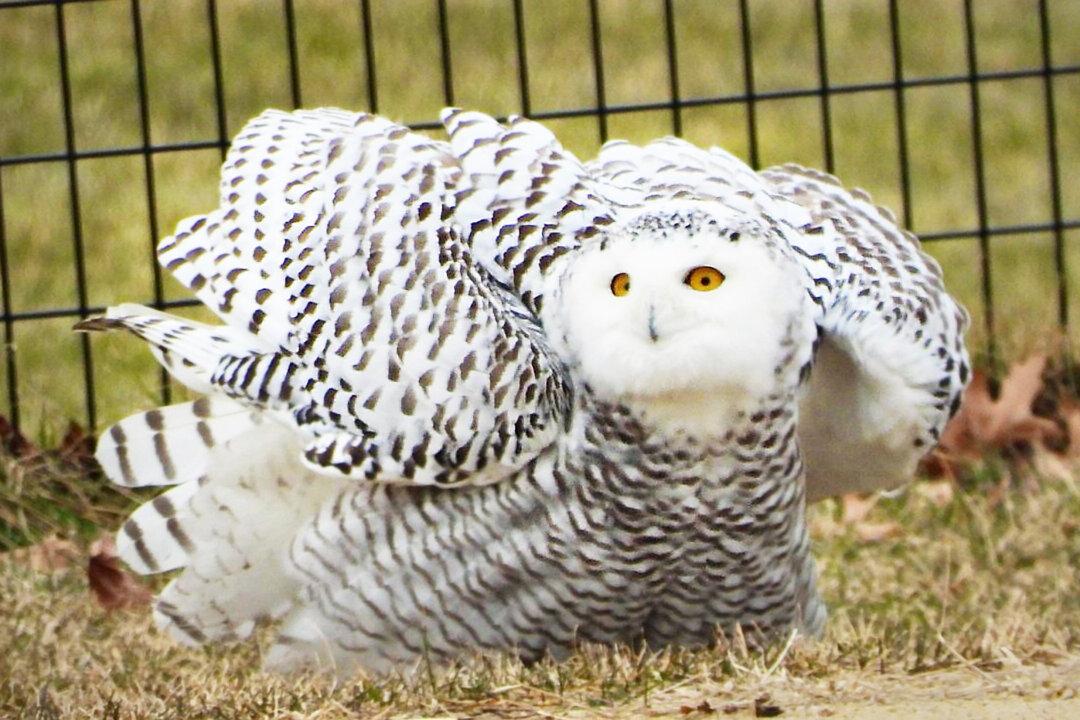The internet is buzzing over the extremely rare appearance of a snowy owl landing in Central Park late January, a sight experts say hasn’t happened for over a century.
According to CBS, the snowy owl was sighted in the North Meadow baseball field last week, likely migrating south for the winter.






